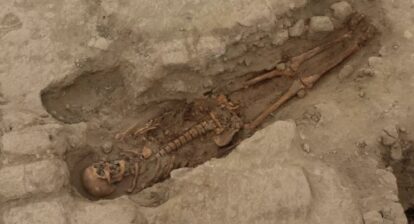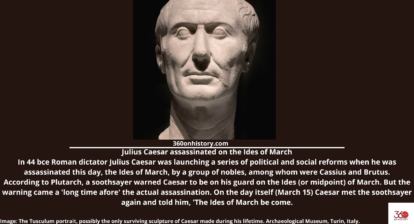Podcast: Play in new window | Download
Subscribe: Apple Podcasts | Spotify | Amazon Music | Blubrry | Email | RSS
This is the story of a star map, one which depicted an ancient asteroid having impacted Earth. We pick up the story from 150 years ago, when an ancient Sumerian star map was found by Sir Austen Henry Layard, a Victorian archaeologist, in a subterranean library in the by then destroyed Royal Palace at Nineveh – the ancient Royal Library of Ashurbanipal, named after the last great king of the Neo-Assyrian Empire who ruled from 669 BC to his death in 631 BC. This library housed a collection of more than 30,000 clay tablets and fragments containing a panoply of texts in various languages from the 7th century BCE, including the famous Epic of Gilgamesh inscribed on a clay tablet in cuneiform script (one of the oldest forms of writing known, meaning “wedge-shaped,” because people wrote it using a reed stylus cut to make a wedge-shaped mark on a clay tablet). The library also housed a circular clay tablet, which was made by an Assyrian scribe around 700 BC, depicting an ancient asteroid having impacted Earth. Analysis conducted 150 years later revealed that it reflected the sky above Mesopotamia over 5000 years ago.







